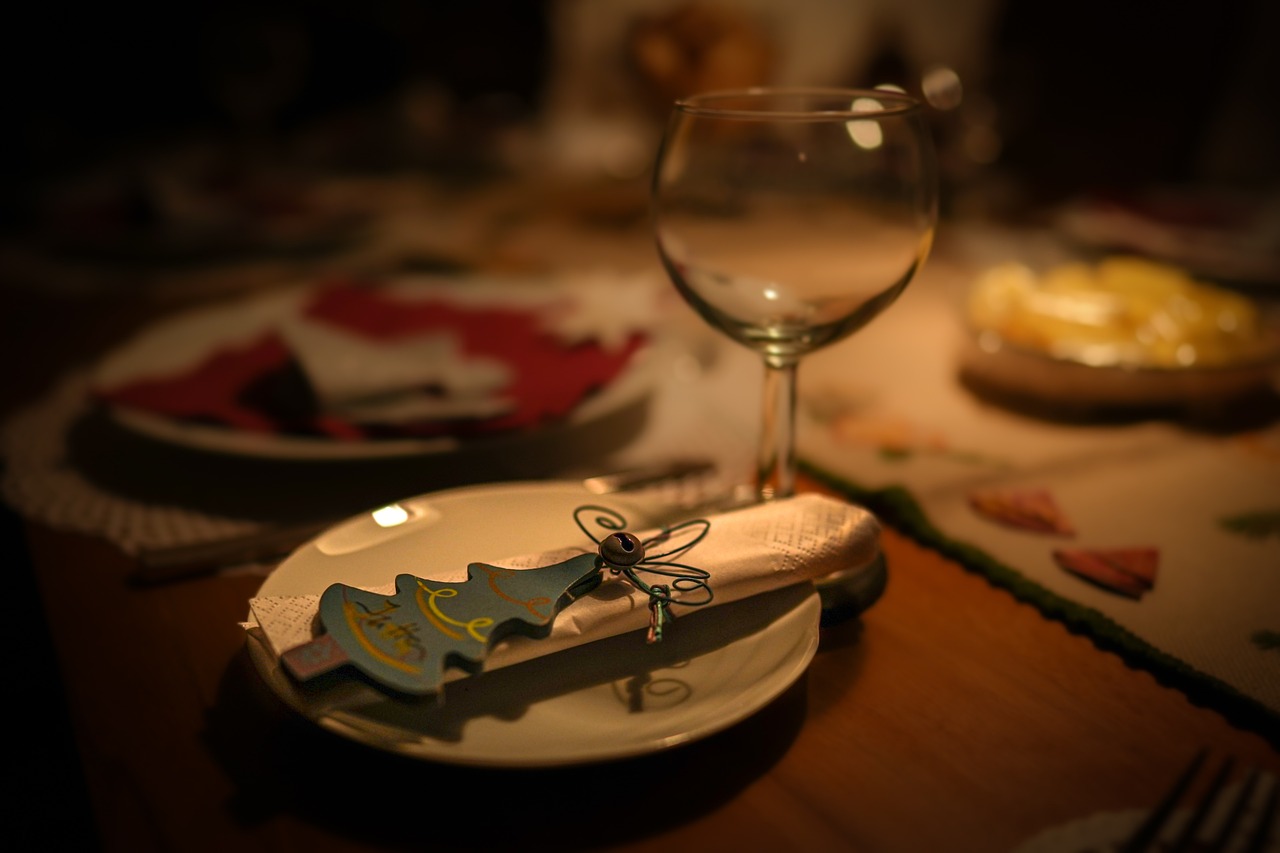2 hidden gems of Hungarian Christmas cuisine – with recipes!
Christmas is just around the corner, and for many Hungarian households, it is one of the most anticipated times of the year. This festive season is all about coming together with loved ones, and of course, indulging in some of the most delicious and cherished dishes that make their way to the table. While some people opt to celebrate by dining out at restaurants, a large number still prefer the tradition of cooking their favourite Christmas meals at home, creating a cosy and personal atmosphere for family and friends.
Hungarian cuisine is renowned worldwide, and each holiday boasts its own unique culinary traditions. Easter brings ham to the table, while Christmas would not be complete without classics like stuffed cabbage, bejgli (a traditional rolled pastry), or hearty fish soup. These are the staples most of us know and love, but Hungarian Christmas cuisine does not stop there.

In this article, we are going to explore a few dishes that might not immediately spring to mind when you think of Christmas, yet hold a special place in many households during this season of love and togetherness. Let’s shine a light on these hidden gems of the holiday table and discover some flavours that deserve just as much attention.
Kocsonya (Aspic/Jelly)
Jelly/Aspic (kocsonya in Hungarian) is quite an intriguing dish, especially for those unfamiliar with the concept of meat and vegetables suspended in a savoury jelly. While it might seem unusual to some, it is a firm favourite in many Hungarian households. Though the recipe itself is fairly straightforward, the process does require a bit of patience and time.

To prepare it, thoroughly clean the meat and place it in a pot with some salt before bringing it to a boil. Once boiling, add the spices and onions to infuse the broth with flavour. After an hour, toss in the cleaned vegetables and parsley, and let everything simmer gently for another two to three hours.
When it is ready, remove all the ingredients from the pot and carefully strain the cooking liquid through a tea towel to ensure a clear broth. Chop the meat and vegetables into smaller, bite-sized pieces and arrange them on plates. Finally, pour the strained liquid back over the mixture and transfer the plates to a cold place, such as the fridge, to set. Once the jelly has firmed up, it is ready to serve!
Ingredients for 5 servings, according to Nosalty:
- 58 dkg pork nails (and bones)
- 20 dkg pork shoulder
- 25 dkg smoked tray
- 1 medium onion
- 2,5 medium head of garlic
- 1 tbsp pepper (whole black pepper)
- 1.7 tbsp salt
- 3 bay leaves
- 2.5 medium carrots
- 1,5 medium turnips
- 1 bunch of parsley
Roasted duck with steamed cabbage
Roasted duck is a beloved dish in many households and is often served with steamed red cabbage, making it a fantastic choice for a Christmas feast. It is a bit more elegant than jelly in appearance, which is why many people opt for it, though both dishes are equally delicious. While roast duck is slightly more complex to prepare, it is less time-consuming than jelly.

To start, cut the duck into pieces and pierce the skin to help release the fat during cooking. Generously rub the pieces with marjoram, pepper, and plenty of salt. Arrange the duck, skin-side down, on a baking tray and cover with aluminium foil. Bake in a preheated oven for about two hours. Once done, remove the foil, drain off most of the rendered fat, and turn the pieces over. Bake uncovered for another 30 minutes or so, until the skin turns beautifully golden and crispy. During this time, baste the duck a couple of times with the reserved fat to enhance its flavour and texture. Once it is perfectly roasted, it is ready to serve.
As for the essential side dish, steamed red cabbage, you can easily prepare it while the duck is cooking, making efficient use of your time. Start by slicing the cabbage into thin strips or flaking it, then salt it and let it rest for about 30 minutes. Meanwhile, caramelise some sugar in oil, add finely chopped onion, and sauté for a few minutes. Squeeze the excess liquid from the cabbage and add it to the pan. Stir in water, vinegar, and salt to taste, then cover and let it simmer gently for about 45 minutes, adding more water if needed. Once the cabbage is tender, remove the lid and cook until any remaining liquid evaporates, allowing the cabbage to develop a rich, glossy texture. Serve alongside the duck for a truly delightful combination.
Ingredients for 5 servings, according to Nosalty:
Roasted duck:
- 1 kg duck meat
- salt, pepper, marjoram (according to your taste)
Steamed cabbage:
- 0.8 kg red cabbage
- 41 dkg cabbage
- 1 onion
- 1 tbsp of sugar
- 1 tbsp sunflower oil
- 4 tbsp vinegar (10%)
- 5 dl water
- salt (according to your taste)
Whichever recipe you decide to try, you are bound to have a delicious feast on your Christmas table. If none of these dishes appeal to you, do not worry, there are plenty of traditional Hungarian recipes online, perfect for the festive season. Whatever you choose, enjoy your meal and have a truly wonderful holiday!
Read also:
Source:





